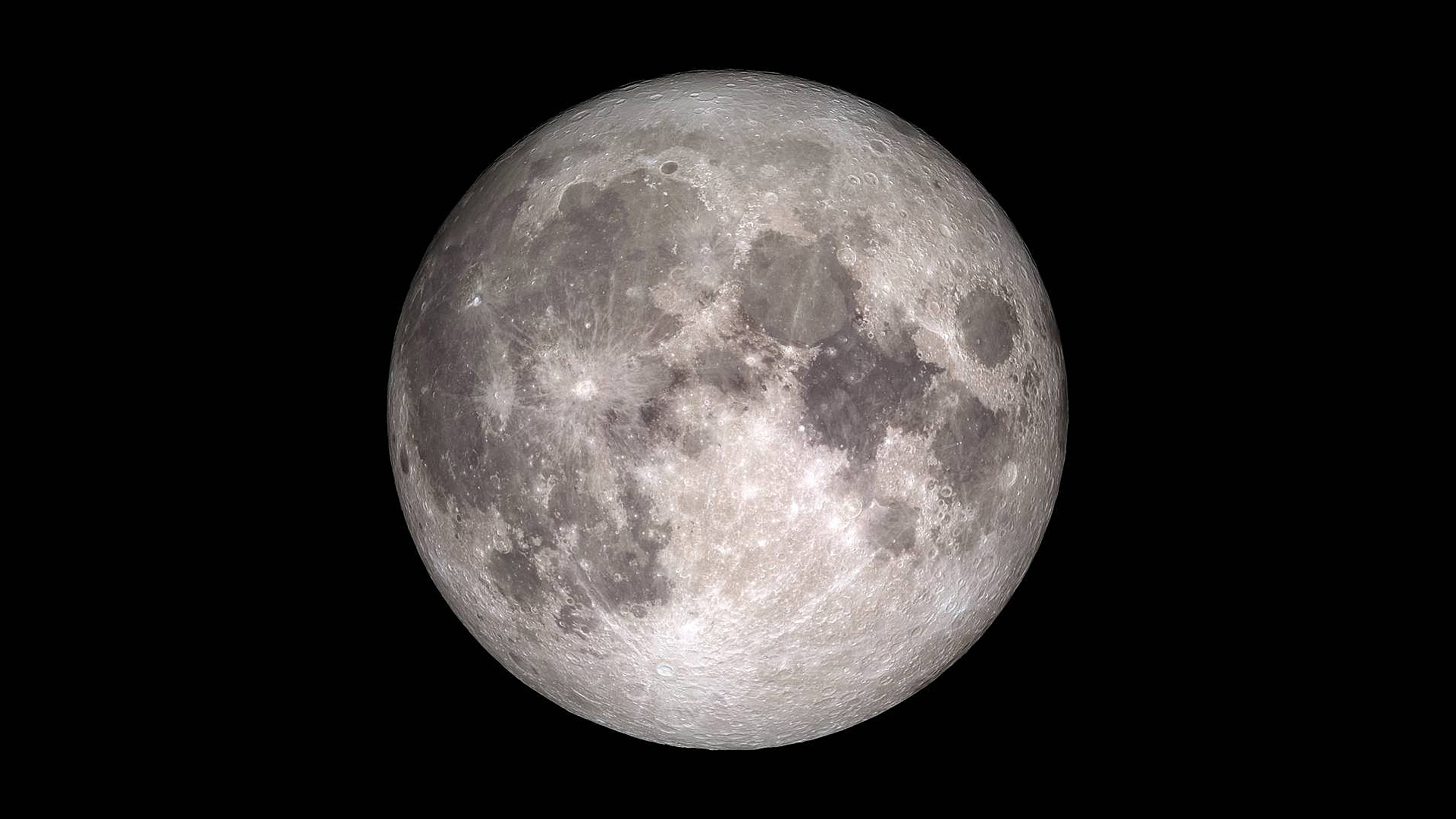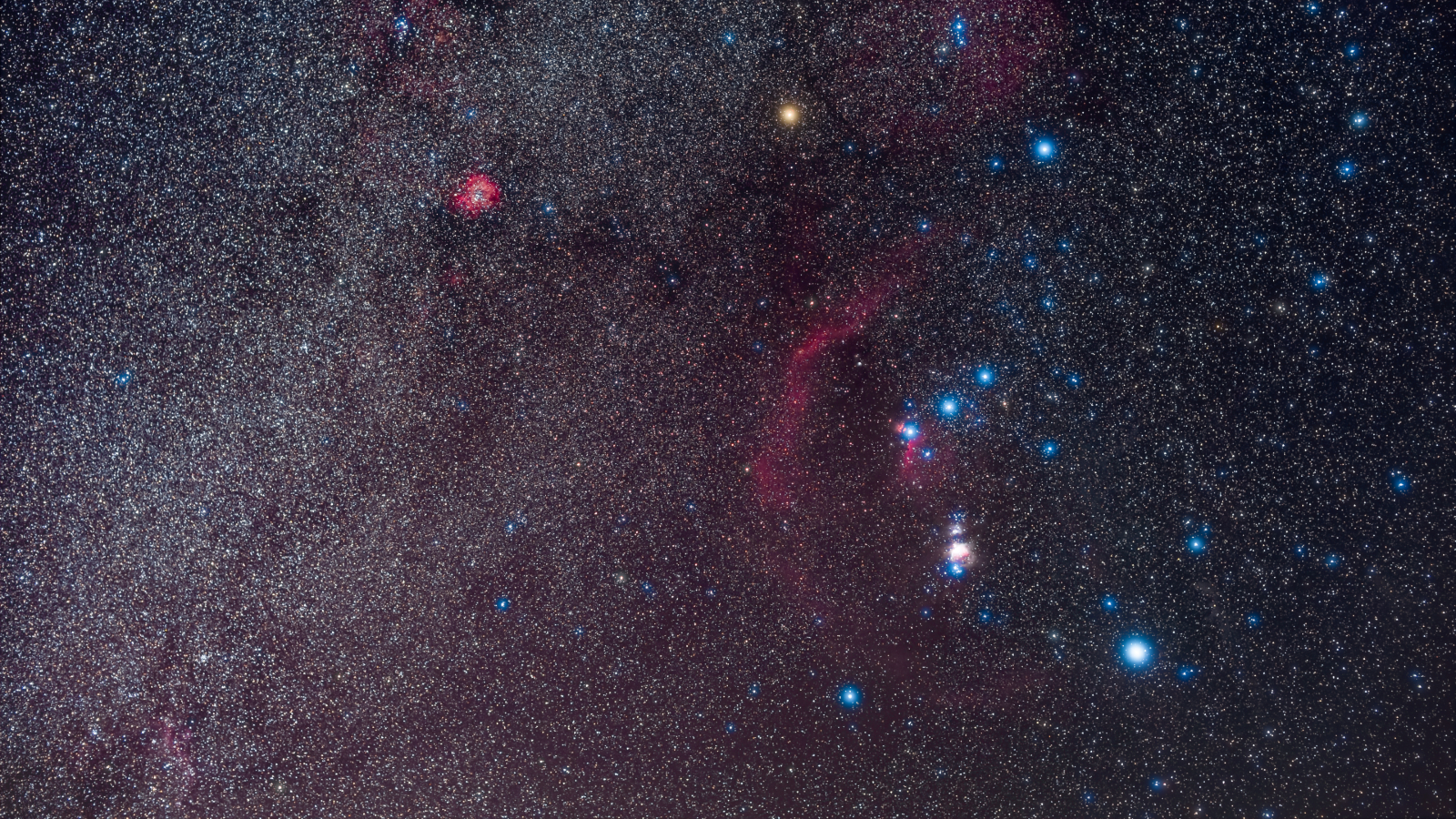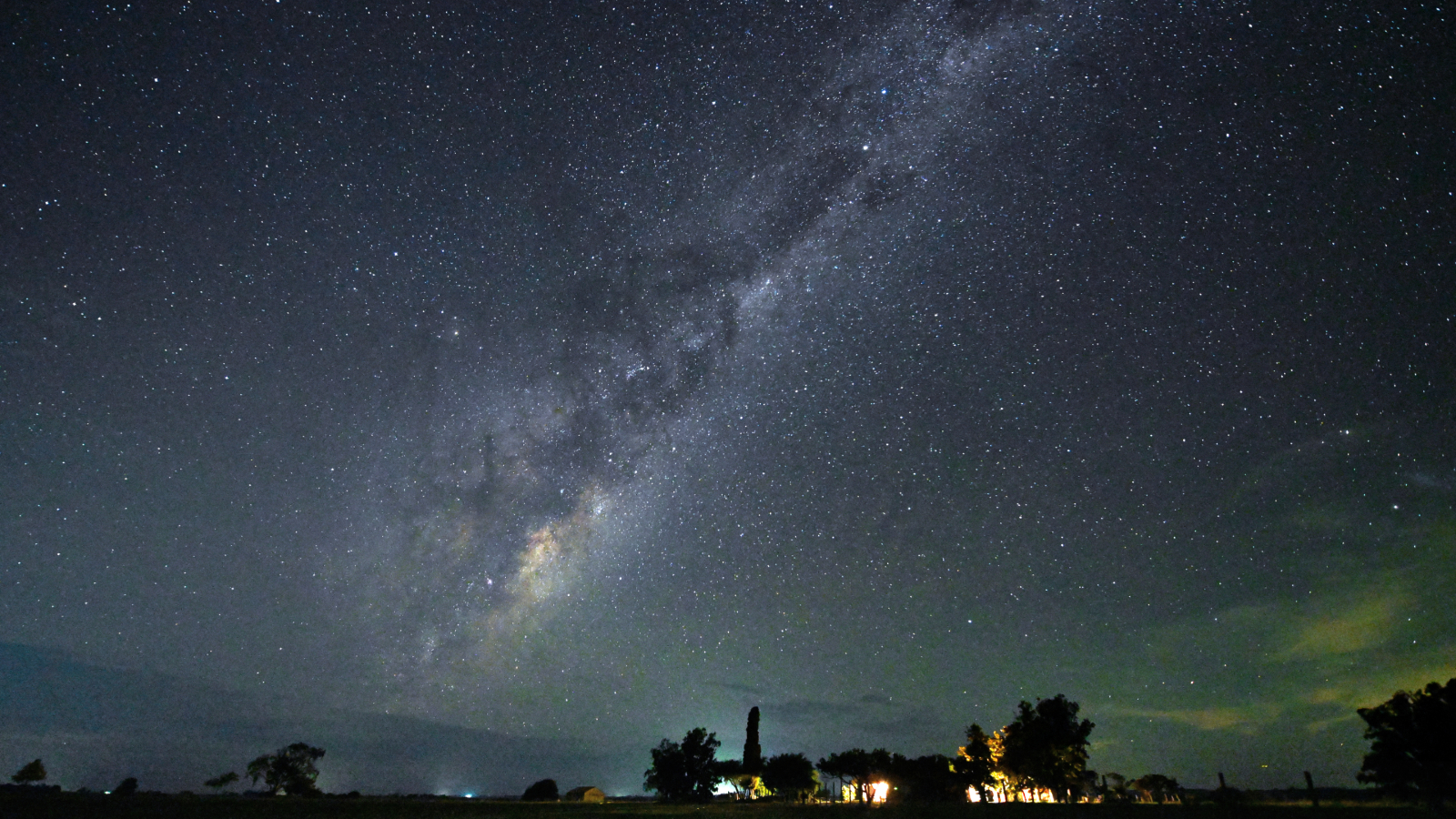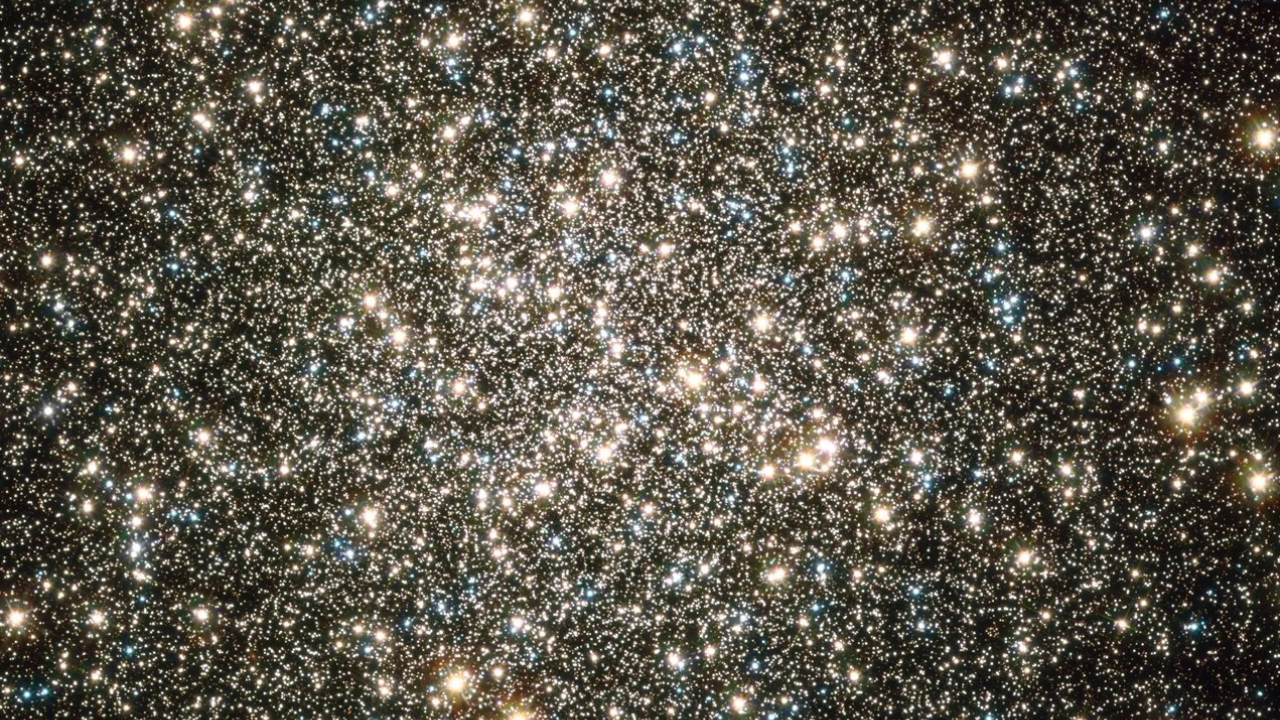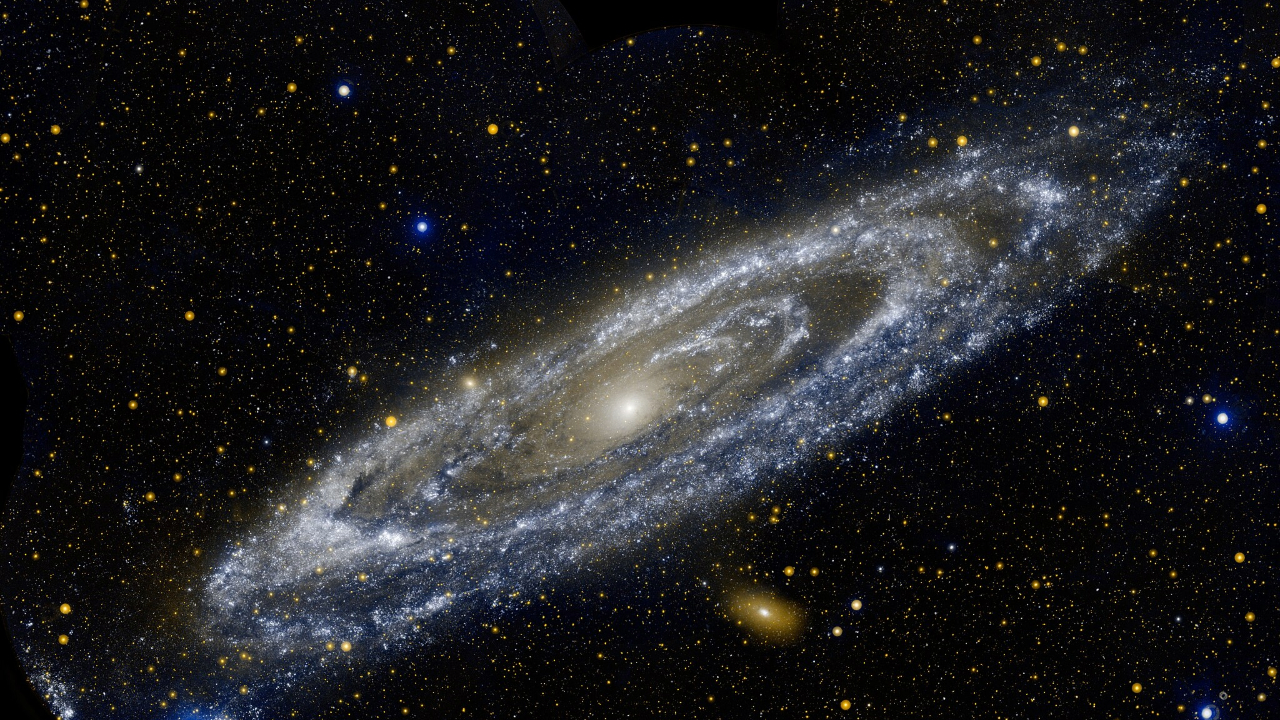What could be the '7 wonders of the universe' visible in the night sky?
What could we choose as the seven most remarkable celestial objects visible either with our eyes or with a small telescope?
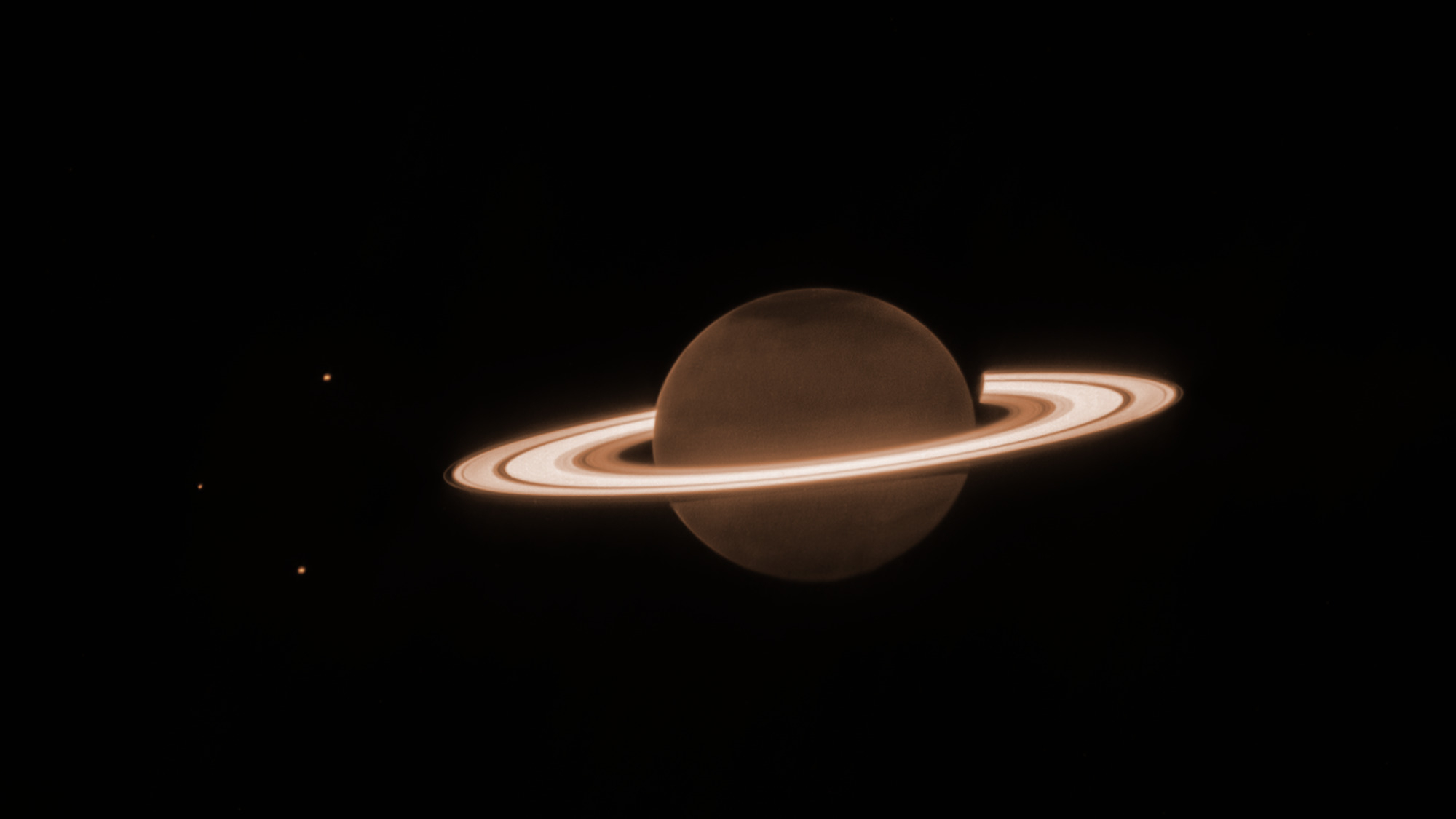
"The Seven Wonders of the Ancient World" is the first known list of the most remarkable creations of classical antiquity; it was based on guidebooks popular among Hellenic sightseers and only includes works located around the Mediterranean rim and in Mesopotamia.
First established in the 1572 publication Octo Mundi Miracula, they are: Great Pyramid of Giza, the Colossus of Rhodes, the Lighthouse of Alexandria, the Mausoleum at Halicarnassus, the Temple of Artemis (Diana), the Statue of Zeus at Olympia, and the Hanging Gardens of Babylon. Sadly, save for just one — the Great Pyramid — the others have long since been destroyed by fire, earthquakes and the ravages of time and man. The number seven was chosen because the Greeks believed it represented perfection and plenty, and because it was the number of the five planets known anciently, plus the sun and moon.
In the sky above our head, there are wonders too numerous to count. But what could we choose as the seven most remarkable objects visible, either with just our eyes or with a simple pair of binoculars or a small telescope? We present such a list here, admittedly based in part on subjectivity and by a consensus of both astronomers and assiduous stargazers. Here then, are seven objects which we might call "The Seven Wonders of the Universe."
The face of the moon
In his autobiography, "Starlight Nights — The Adventures of a Star-Gazer," amateur astronomer Leslie C. Peltier (1900-1980) questioned why he was taught so little about the moon when he was a young boy in school. "Why," he wrote, had it not been made a part of the growing up of every youth?" Peltier had just purchased his first telescope using the money he made picking strawberries on his parent's farm (he called it the "strawberry spyglass"). His first target was the moon, which he described as "nights of discovery and exploration."
Peltier mused: "I had been taught the rivers, the seas, the mountains of every continent on earth. I knew the capitals of every state and country in the world. And all this time, right above me, the 'geography' of a whole new world had been turning, page by nightly page and no one had opened up the book for me."
If you have a telescope, you no doubt have checked out the moon for yourself, but even if you only own a pair of binoculars, you can see quite a bit. Research astronomer, Ernest H. Cherrington, Jr. (1909-1996), wrote that "While an invitation to explore the moon through binoculars may seem as absurd as an invitation to cross the Pacific Ocean in an outboard motorboat, it does make sense." Dr. Cherrington then went on to state that in the Photographic Lunar Atlas, there are 670 named lunar features, of which 605 could be seen by him with just ordinary 7 x 50 binoculars. "The smaller named craters can be made out as tiny dark or bright specks." he notes, adding, "But the larger lunar craters and mountain ranges show well through binoculars and with considerable detail."
So, why not try your own hand at exploring our nearest neighbor in space? Our natural satellite is truly an exciting thing to see. By eye ... with binoculars ... and with any kind of optical system. The best times to look are around the times of first and last quarter phase, for it is then, near and along the boundary zone separating light and dark on the lunar disk (known as the "terminator"), that shadows allow the craters, mountains and clefts to stand out in sharp relief; and from some of the craters, streaks of brightness extend outward.
Among the seven objects listed here, the moon is in a very special class all by itself; the most prominent body visible in the night sky and further distinguished by its peculiar rates of rotation and revolution, which make it possible to view only one side of its surface.
Breaking space news, the latest updates on rocket launches, skywatching events and more!
The rings of Saturn
Without a question of doubt Saturn is the telescopic showpiece of the night sky, thanks to its great rings in all of their icy, glimmering elegance. In small telescopes, they surprise even experienced observers with their chilling beauty even though it is expected.
Visually to the eye, Saturn appears as a bright yellow-white star shining with a steady glow and the ring system that makes it both beautiful and spectacular cannot be seen. Any small telescope magnifying more than 30 power, however, will show the rings. They consist of billions of particles — largely water ice — that range in size from microscopic specks to flying mountains miles across. Each particle revolves around Saturn in its own orbit. The ancients regarded Saturn as the "highest" planet, occupying the outermost or highest sphere before that of the fixed stars.
In ancient days, before we had knowledge of the more distant planets Uranus and Neptune, Saturn was presumed to be the farthest and slowest-moving known planet. In mythology, the Roman god Saturn closely resembled the Greek god Cronus, but he's more usually recognized as the Roman god of agriculture. The name is related to both the noun satus (seed corn) and the verb serere (to sow). But why would the planet Saturn be linked to agriculture? Perhaps a clue can be found from the ancient Assyrians who referred to Saturn as lubadsagush, which translated, meant "oldest of the old sheep." Possibly this name was applied because Saturn seems to move so very slowly among the stars; it may have also reminded skywatchers of the slow gait of plowing oxen or cattle.
Saturn takes 29.5 years to orbit the sun, and its progress through the zodiacal constellations is slow, averaging 2.5 years per constellation.
When Galileo's crude, imperfect "optick tube" revealed Saturn as having an odd pair of appendages or companion bodies on either side, he announced this discovery in 1610 with an anagram written in Latin. The jumbled letters could be transposed to read:
Altissimum planetam tergeminum observavi ("I have observed the highest planet to be triple.")
It wasn't until a half century later that telescope lenses improved to the point where the ringlike nature of these "appendages" became apparent.
Saturn's rings were turned edgewise to Earth this past spring. But in the coming years, they will be slowly "opening up" toward us again. May 12, 2032 will be a rather auspicious occasion for Saturn, as its ring system will be open to its widest — 26.90° — to Earth. Astronomers would then say that its maximum "Saturnicentric latitude" toward Earth will be attained. Such extremes generally come at approximately 15-year intervals, with the last such occasion occurring in October 2017.
Mighty Orion
Like a gigantic piece of jewelry, Orion the Great Hunter or Celestial Warrior, is the brightest and grandest of the constellations. Three bright stars in a line in the middle of a bright rectangle decorate Orion's belt and are visible from every inhabited part of the Earth. He was the mightiest hunter in the world and he is always pictured in the stars with his club upraised in his right hand. Hanging from his upraised left hand is the skin of a great lion he has killed and which he is brandishing in the face of Taurus, the Bull, who is charging down upon him.
Within Orion we find two immense stars, Rigel and Betelgeuse, apparently at two entirely different periods in a star's existence. In Rigel (the "Left Leg of the Giant"), we find a star apparently reaching the prime of its life. It's a true supergiant: a blazing white-hot star of intense brilliance and dazzling beauty. Located 870 light-years away, its computed luminosity is roughly 47,000 times the brightness of our sun. Betelgeuse ("The Armpit of the Giant") in contrast, shines with a cool, dull ruddy hue and is located approximately 550 light-years away. It is an irregular pulsating supergiant star, nearing the end of its life and as such it expands and contracts spasmodically. Incredibly, its diameter can expand to as much as 1,000 times the diameter of our sun.
Finally, there is one of the most wonderfully beautiful objects in the sky: the Great Orion Nebula. It's resolved in good binoculars and small telescopes as a bright gray-green mist enveloping the middle star of the three in line that marks the hunter's sword. In larger telescopes it appears as an irregular cloud whose glow is induced by fluorescence from the strong ultraviolet radiation of four hot stars entangled within it. The Orion Nebula is a vast cloud of extremely tenuous glowing gas and dust, approximately 1,350 light-years away and about 25 light-years across (roughly 20,000 times the diameter of the entire Solar System). Astrophysicists now believe that this nebulous stuff is a stellar incubator; the primeval chaos from which star formation is presently underway.
The Milky Way
Never visible from large cities with their lights, smoke and haze (except in a rare case as during a power outage), the Milky Way can still be readily viewed from distant suburbs and rural locations. The term Milky Way is truly ancient. On old star charts this ghostly band was often labeled by its Latin equivalent, Via Lactea.
For the same idea the Greeks used gala and kyklos, meaning milk and circle — hence our word galaxy. Native Americans saw the Milky Way as the path of their braves rising into heaven, with bright stars like Vega and Altair representing campfires along the way. These tribes took notice of the phenomenon called the Gould Belt, a string of stars that trace the path of the Milky Way. It is named after American astronomer Benjamin Apthorp Gould (1824-1896), who first studied it in detail from the Southern Hemisphere, where it is far more pronounced.
For observers in the Northern Hemisphere, the brightest part of the Milky Way is in the constellation Sagittarius, about two-fifths of the way up from the star Alnasl northwest to Theta Ophiuchi. Here lies the direction of the center of our Milky Way system, appearing as a veritable cloud of stars; using binoculars reveals concentrations of stars, clusters, large apparent gaps such as the Great Rift in Cygnus, and more stars than you thought existed. Our galaxy's center is about 30,000 light-years away toward Sagittarius; its outer edge is about 20,000 lightyears in the opposite direction.
If we think of the Milky Way as an overview of our galaxy, during the winter we are looking out toward the suburbs of our own city of stars. "Downtown" would be looking toward Sagittarius. The direction diametrically opposite "downtown" is several degrees to the east of the star El Nath, a star that marks one of the horns of Taurus, the Bull.
While much of the excitement of exploring the Milky Way is in the summertime sky, we can see some remarkable objects in the winter as well, including several beautiful galactic star clusters within Auriga, Perseus and Cassiopeia. This is "Our Galaxy," to be spoken with pride, just as we would say, "My house." When we began to realize that there were other such vast congeries of stars, we called them "island universes," but this was an obvious misnomer; since the word universe means everything there is, it can hardly have a plural. So, we've settled on galaxies, which is a compromise as a new meaning for an old word.
The Great Hercules Cluster
Under moonless skies, we can look for the constellation Hercules between Arcturus in Boötes and the brilliant blue star Vega in Lyra. To some, Hercules resembles a large letter "H" containing no bright stars. On a dark night it is possible to glimpse a hazy patch of light in one of the letter's arms. This is the famous Great Globular Cluster in Hercules, number 13 in Charles Messier's catalogue. a celebrated sky object and described by some as the most magnificent globular cluster visible to northern observers.
To the naked eye, the cluster is near the threshold of ordinary vision. Binoculars show it as a hazy spot of light, but its full splendor is revealed only through a large telescope. The edges begin to resolve into stars in a 6-inch (150 mm) telescope. A mass of glittering starlight, it is a huge ball containing several hundred thousand stars, all more luminous than our sun. Astronomer Robert H. Baker (1880-1962) referred to it as "A grand celestial chrysanthemum."
Named for their spherically symmetrical shape, these clusters seem to be arrayed around our own galaxy in a spherically symmetrical manner themselves. A curiosity of this arrangement from our point of view is that all these globulars seem to be in one-half of our sky. Thus, if we locate M13 and face the center of our galaxy in Sagittarius, virtually none of the known globulars will be behind us. American astronomer Harlow Shapley (1885-1972) deduced that the clusters are distributed around a center that is also our galaxy's center.
The Crab Nebula
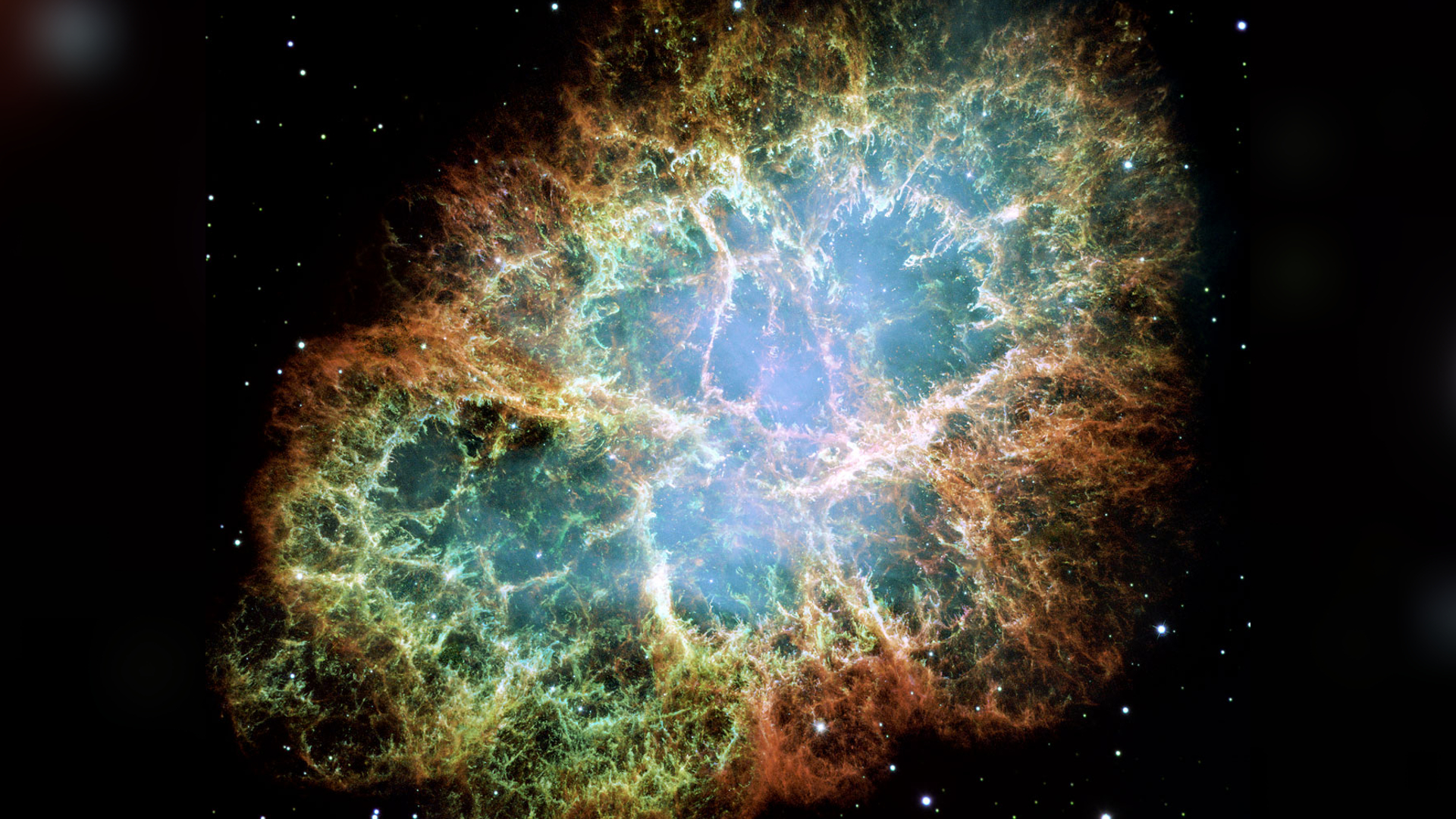
On July 4, 1054 AD, an explosion of mammoth proportions took place: a supernova. A star, at least ten times more massive than our own sun, suddenly blew apart; the bursting star blazed brilliantly, perhaps more than 5 billion times as luminous as our sun! In the aftermath, nothing remained, except the intensely hot, newly revealed core of the star and an expanding cloud of gaseous debris.
Fortunately, inhabitants of China, Japan and what is now the American Southwest, were careful to note the position in the sky of this cosmic outburst: about two breadths of a full moon northwest of the star we know as Zeta Tauri, marking the southern horn of Taurus, the Bull. The "guest star" that suddenly appeared, could easily be seen in daylight for 23 days. It finally faded completely from view after 642 days. The gas cloud that remained from the explosion is popularly known as the Crab Nebula and is still expanding outward in all directions at 930 miles (1,500 km) per second.
In November 1968, the core of the exploded star was discovered to be a pulsar; a rapidly rotating neutron star, spinning at a rate of 30.2 times per second. Apparently, there is a "hot spot" on the star's surface, which emits energy in virtually every part of the electromagnetic spectrum. Hence as it whirls on its axis it appears to "pulse" from our earthly perspective. This pulsar is amazingly only a fraction of the size of our sun, yet it must be extremely dense in nature; the equivalent of compacting and compressing one solar mass into a volume measuring just 50 miles (30 km) in diameter.
If it was somehow possible to transport just a teaspoon of this material to our Earth, it would likely weigh approximately one billion tons! It was the Crab Nebula's resemblance to a telescopic comet that prompted Charles Messier to compile his celebrated catalogue of such fuzzy objects so that they might not deceive other comet hunters. The Crab Nebula is first on his list and is therefore known as M (Messier) 1.
The Great Andromeda Galaxy
In the year 964 AD, the Persian astronomer al-Sūfī drew attention to a "Little Cloud" located among the stars of the constellation Andromeda, the Princess. German astronomer Simon Marius (1573-1625) is usually credited with the first telescopic observation of this object around the year 1612. If the sky is clear and moonless you can indeed see an elongated hazy patch about as long as the width of the full moon and half as wide. Even today, binoculars and telescopes reveal that "cloud" as little more than an elongated fuzzy patch, which gradually brightens in the center to a star-like nucleus.
It is for this reason that it was first thought to be a nebula and it is with good reason that this patch of light appears so faint and tired looking. When we look at it now, consider that this light has been traveling some 2,500,000 years to reach us, traveling all that time at the tremendous velocity of 671 million miles per hour. The light you are seeing now is around 25,000 centuries old and began its journey around the time of the dawn of human consciousness.
When it began its nearly 15-quintillion-mile journey earthward, mastodons and saber-toothed tigers roamed over much of pre-ice-age North America, and prehistoric man struggled for existence in what is now the Olduvai Gorge of East Africa. The light from that "little cloud" is actually a galaxy: a maelstrom of the total accumulation of light from over one trillion stars. It is also listed as Messier 31, in Charles Messier's famous catalogue. In the field of large binoculars, or using a small telescope, you might also glimpse its two neighboring satellite galaxies: M32 is small and compact; M110 is larger and more diffuse, and is therefore harder to see.
So, when you go out and glance at Andromeda's stars, contemplate the gentle light of her great galaxy. It is truly a humbling experience.
Joe Rao serves as an instructor and guest lecturer at New York's Hayden Planetarium. He writes about astronomy for Natural History magazine, Sky and Telescope and other publications.

Joe Rao is Space.com's skywatching columnist, as well as a veteran meteorologist and eclipse chaser who also serves as an instructor and guest lecturer at New York's Hayden Planetarium. He writes about astronomy for Natural History magazine, Sky & Telescope and other publications. Joe is an 8-time Emmy-nominated meteorologist who served the Putnam Valley region of New York for over 21 years. You can find him on Twitter and YouTube tracking lunar and solar eclipses, meteor showers and more. To find out Joe's latest project, visit him on Twitter.
You must confirm your public display name before commenting
Please logout and then login again, you will then be prompted to enter your display name.
